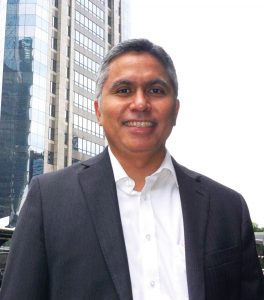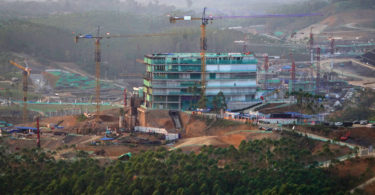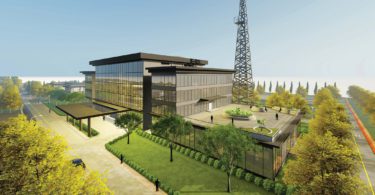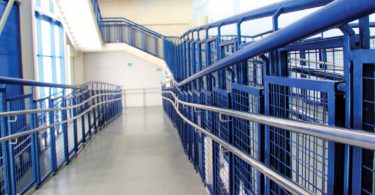Over the past few years, infrastructure has been the star of Indonesia’s economic growth. Since President Joko Widodo headed the government in 2014, infrastructure development has been his top priority. The government’s budget commitment on infrastructure has doubled in 2017 (an increase of 18 per cent) as compared to 2014.
THE SUCCESS STORIES
The growth of infrastructure is one of the most significant contributors to Indonesia’s gross domestic product (GDP). The construction industry grew by 7.13 per cent, higher than the national GDP growth of 5.06 per cent (year-to-year), up to the third quarter of 2017. It was a right decision for this presidential term to focus on infrastructure, not only because the industry is capital intensive and creates a significant number of jobs, but also because it enables other production factors to be more efficient, resulting in better quality of life.
For example, toll roads in Java increase mobility of goods, hence reduce logistics costs in the long run. The ongoing installation of the Palapa Ring fibre optic mega project across the nation will enable millions to have internet access by 2019. The start of the Umbulan construction project in East Java could provide better access to clean water for 350,000 households (or equal to 1.3 million people) along its 93-kilometre-long transmission pipeline from Pasuruan, Sidoardjo and Gresik districts to the greater Surabaya area.
The year 2017 has been a success in terms of toll roads development, with significant progress and many recent completions. The Bekasi-Cawang-Kampung Melayu section (also known as the Becakayu toll road) opened in early-November 2017. Its significance does not come from its size or length, but from the fact that this project had been idle for almost 20 years.
The opening of the new Terminal 3 of Soekarno-Hatta International Airport (SHIA) is also a highlight, as is the skytrain project that transfers passengers from Terminals 2 and 3. Along the Kalimantan border to Malaysia, the Ministry of Public Works and Housing, in conjunction with Indonesian Army’s Corps of Engineers, has completed more than 1,500 kilometres of service roads over the past three years. Other ongoing projects include the MRT construction, the LRT Jakarta-Bogor-Depok-Bekasi (Jabodetabek), and the Jakarta-Bandung high-speed rail. These types of infrastructure investment activity have contributed to the Indonesian infrastructure index ranking globally, as rated by the WEF Global Competitiveness Report 2017-2018, improving by 10 places, to number 52 as compared to the same report of 2015-2016.
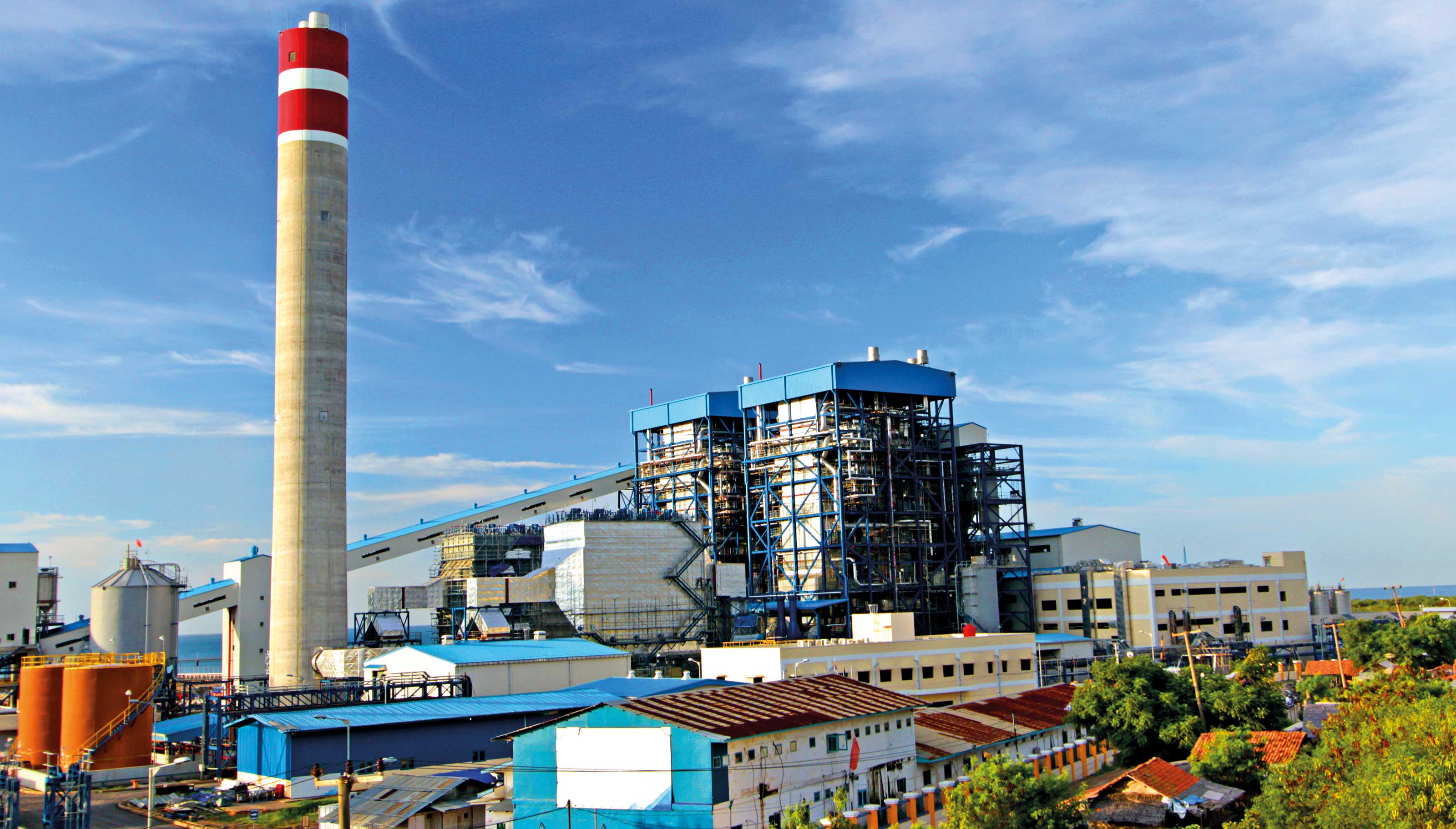
The year 2017 has been a success in terms of toll roads development, with significant progress and many recent completions | Photo by Shutterstock/ Herdik Herlambang
FUNDING CHALLENGES
Behind these accomplishments, the government is still facing a number of issues in implementing its infrastructure development. Budget limitations is a major hurdle, as apart from new projects, the government also needs to do maintenance and repair of existing facilities. Within its five-year plan, the current regime has allocated a budget of around IDR5,500 trillion (close to USD360 billion) for its infrastructure programmes.
Many would wonder how this budget has been allocated and the sources of funding. Indonesia’s infrastructure development is being funded by four major resources: state budget (APBN), local government budget (APBD), state-owned companies and private sector.
A significant portion (31 per cent) of the budget comes from the private sector, through the government and private partnerships programmes, while state-owned companies’ (SOE) funded programmes contribute 19 per cent. The SOE budget includes the equity portion injection (PMN) by the government, with the approval from the parliament.
There are a number of ways for private entities to participate in this programme—participation of banking industry, private placement by institutional infrastructure investors, or capital markets. According to the Financial Services Authority of Indonesia (OJK), as of July 2017, the banking ability to finance infrastructure projects has almost reached its maximum limit, with the loan-to-deposit ratio already at 89.2 per cent.
Therefore, other means of instruments from the capital market will be essential in supporting the infrastructure development and attracting more private investors. These instruments include corporation obligations, private equity funds (RDPT), real estate investment funds (DIRE), asset-backed securities (EBA) and infrastructure investment funds (DINFRA).
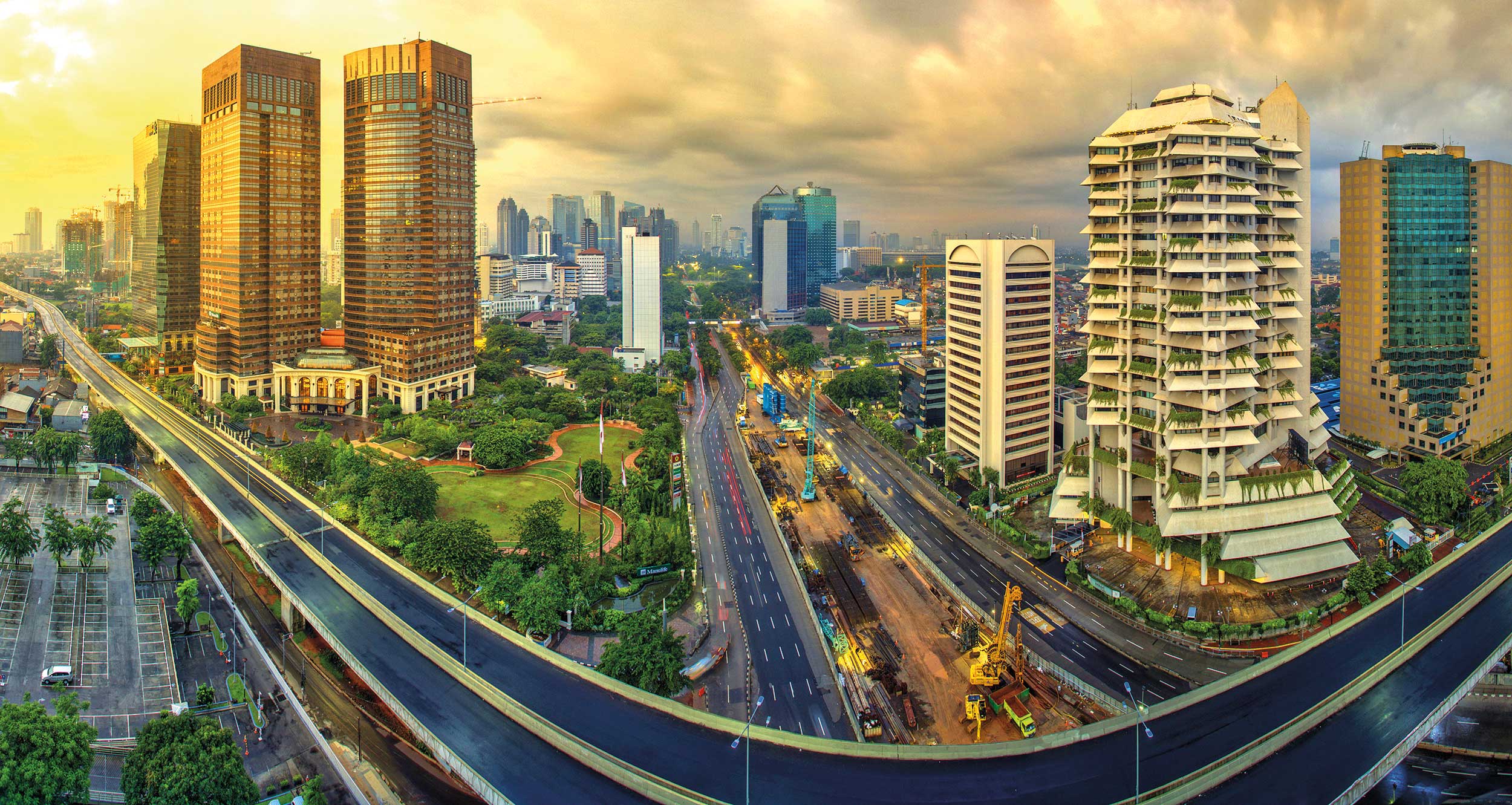
Toll roads in Java increase mobility of goods, hence reduce logistics costs in the long run | Photo by Shutterstock/ Andreas H
INNOVATIVE INVESTMENTS
This year, we have witnessed the success of fundraising efforts by two state-owned companies, Jasa Marga and PT Indonesia Power, through asset securitisation using the Asset Backed Securities Collective Investment Contract (KIK-EBA). With this funding scheme, both Jasa Marga and Indonesia Power could raise up to IDR2 trillion and IDR4 trillion, respectively, from the securitisation of assets from Jakarta-Bogor-Ciawi (Jagorawi) toll roads and Suralaya power plants. The Jasa Marga will recycle the proceeds for its toll road expansions plan. The company plans to add six new toll roads with a total distance of 210 kilometres. On the other hand, PT Indonesia Power plans to use the funding received to support the development of new power plants, including the Suralaya Power Station extension units with a capacity of 2×1000 Megawatts.
The DINFRA infrastructure investment funds was created to support the 2015-2019 National Medium-Term Development Plan (RPJMN) to provide ‘new, innovative investment products, which offer flexibility to investment managers when managing their investment portfolios’.
Another alternative source of funding is the hajj saving account of prospective pilgrims, by the Ministry of Religious Affairs. This provides long-term income streams as returns from debts secured against real assets. The hajj funds now total IDR95 trillion (USD7 billion) as of last year. This can be used for financing infrastructure development in accordance to Sharia laws and can be secured for brown-field type infrastructures, such as toll roads and power plants that have already proven to produce stable cash flow with relatively low project risks.
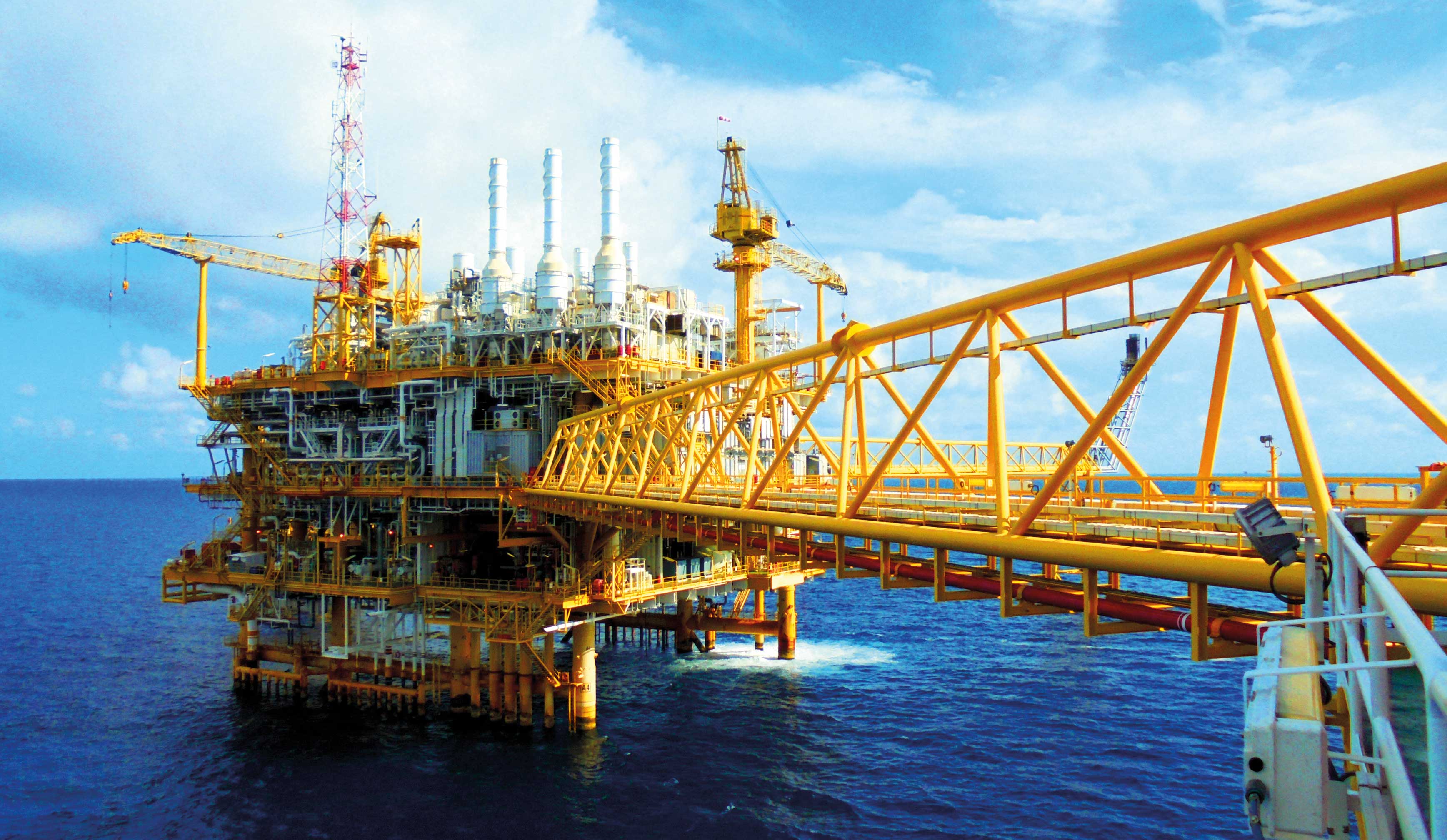
The government is still facing a number of issues in implementing its infrastructure development | Photo by Shutterstock/ Mr.PK
THE WORK AHEAD
Besides budget constraints, other issues include land acquisition, project integration challenges between planning and implementation, and coordination among stakeholders (the central government, local government, inter-line ministries, etc).
For instance, having a national infrastructure development blueprint can ensure the interconnectivity and sustainability of all infrastructure facilities in Indonesia, including the existing ones and social welfare infrastructure (e.g. hospitals, schools, water supply and wastewater), and can integrate all stakeholder participation in the complete cycle of any project development (e.g. planning, preparation, procurement, construction, operation, maintenance and upgrade). With regards to regulatory framework, policy challenges—either due to lack of policies or the creation of new policies that nullify others—can create uncertainty among existing investors and might disincentives the new ones, especially overseas investors.
Moreover, the public’s expectations of tangible benefits from the significant infrastructure development over the past three years cannot be taken lightly. We have noticed that the government is working hard to realise its mid-term goals. The government just needs to assure the public that what they are trying to accomplish now may take several years to be completed.
Many studies in regional economic development suggest that infrastructure projects have major benefits, not only to the direct users, but also on a national level, indirectly, through the creation of jobs and GDP increase. The government needs to be able to consistently educate the public that what they are doing is for the greater good of all for years to come, and that public patience will be greatly welcomed.
ARI FIRMANDI
Director of Transaction Advisory Services, Ernst & Young Indonesia
Ari Firmandi has almost 20 years of experience in the infrastructure industry. He graduated from Institut Teknologi Bandung with a degree in civil engineering and earned a Master of Business Administration and Master of Science in civil engineering from the University of Southern California.
During his 10 years in the United States, he worked on several major infrastructure projects, including the USD3 billion improvement capital project of the Los Angeles International Airport. Upon his return, he joined Kellogg Brown & Root Indonesia in the Government and Infrastructure Division. He continued to work in the public sector, assisting Asian Development Bank (ADB) and Bappenas on their infrastructure development programme as Transaction Advisor team leader. Later on, he was assigned to the Appraisal and Structuring Division for the Indonesia Infrastructure Guarantee Fund (IIGF), to ensure technical, financial and economic feasibilities of all projects needing guarantee through IIGF.
In the past five years, he focused on the Public-Private Partnership (PPP) scheme for the infrastructure sector. Currently, he works for Ernst & Young as director of Transaction Advisory Services. He has been invited to speak on infrastructure and project sustainability at several recent international and domestic events.

 Malaysia
Malaysia Hong Kong
Hong Kong Singapore
Singapore Tiếng Việt
Tiếng Việt ประเทศไทย
ประเทศไทย



